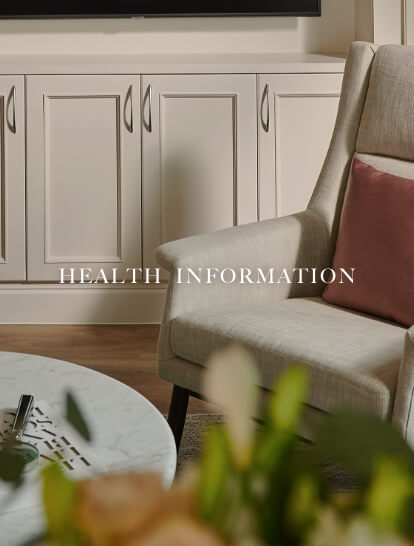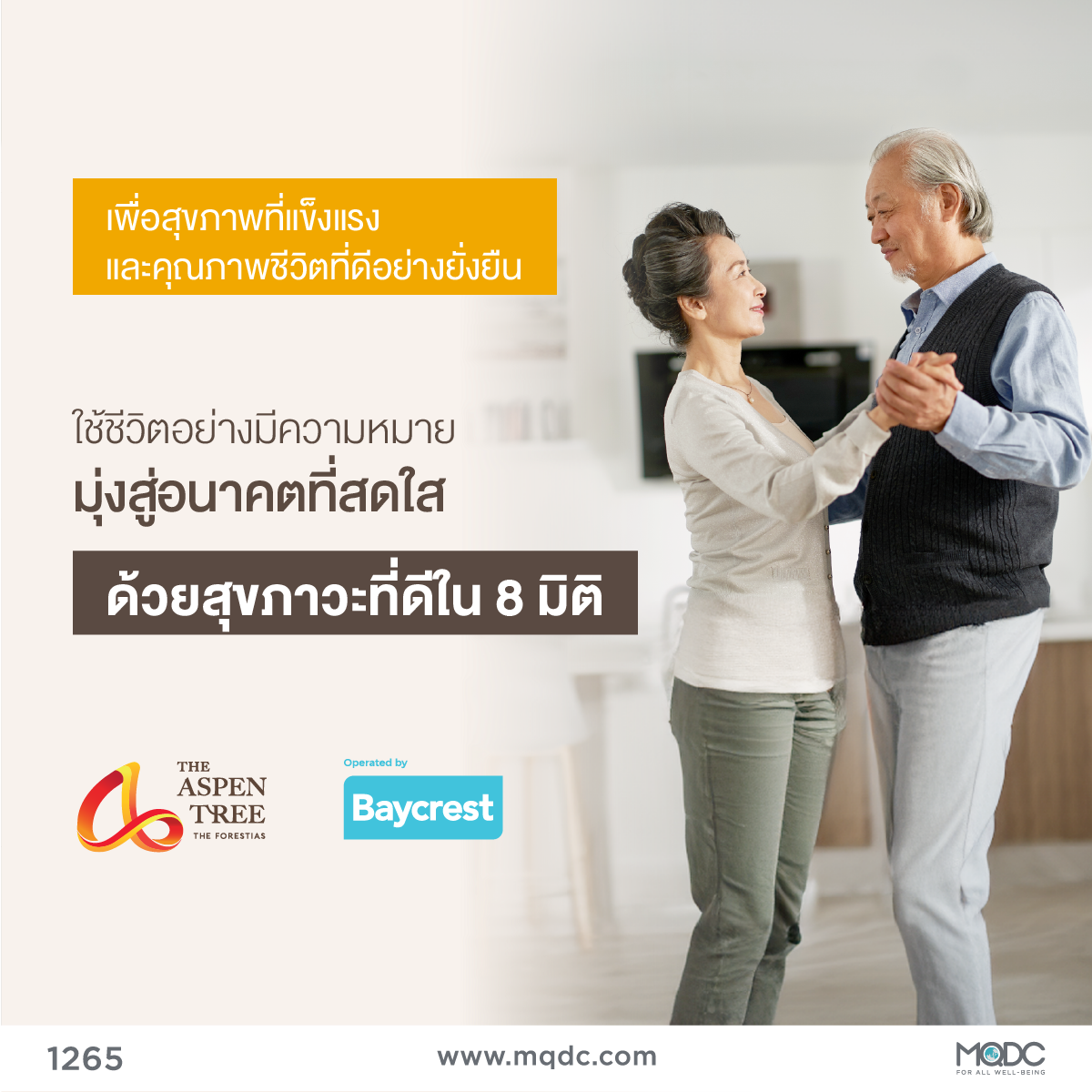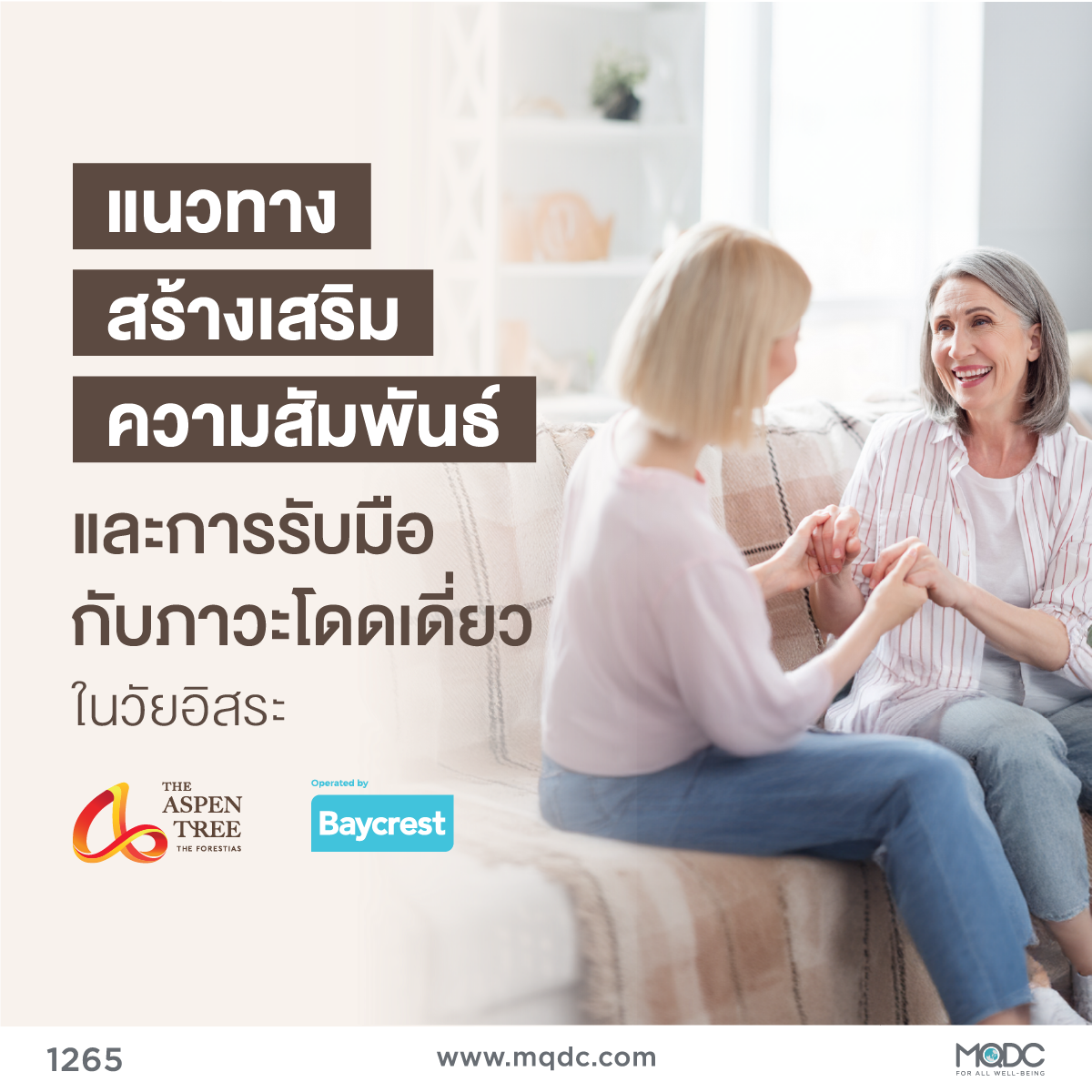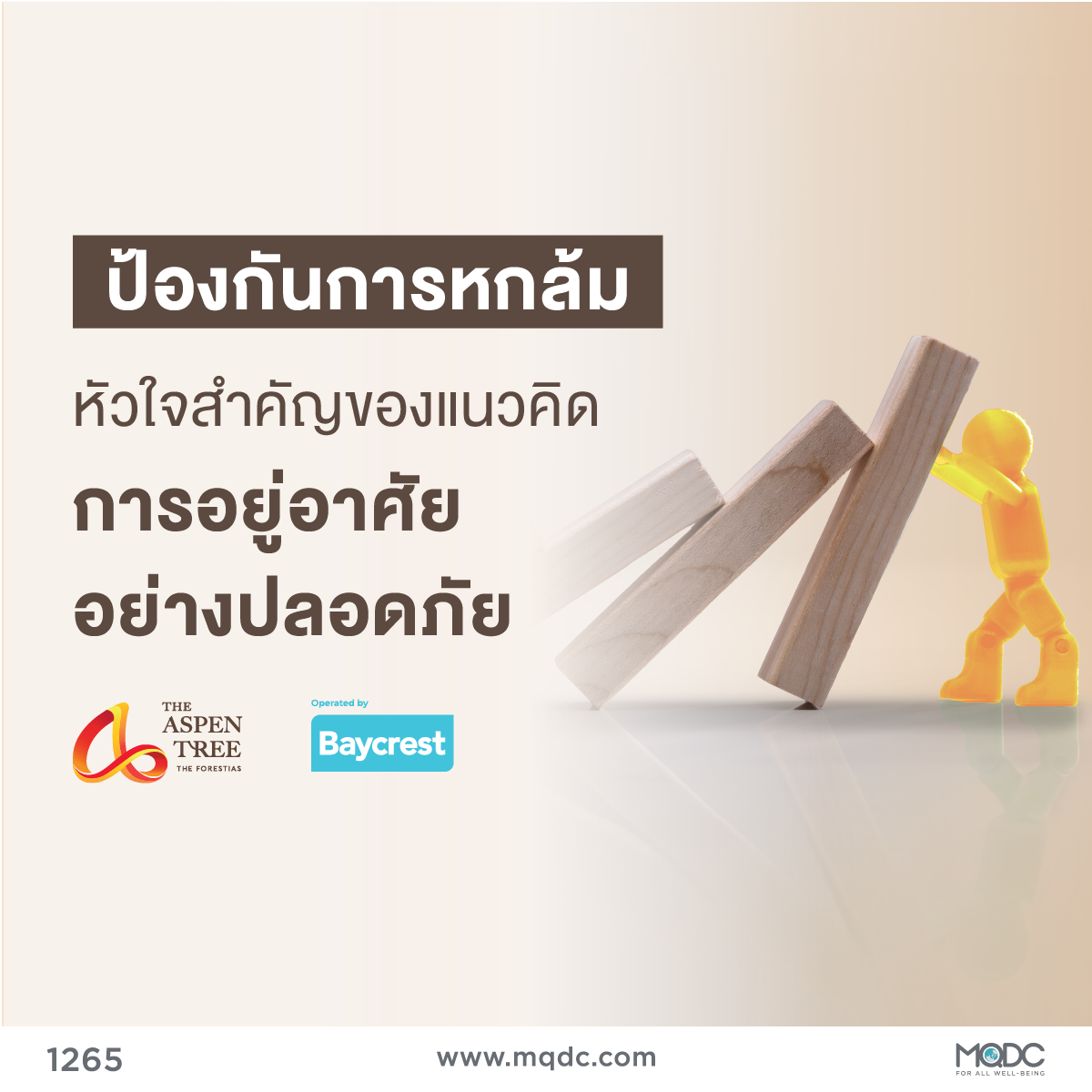As Canada’s population ages, frailty, with its increased risk of functional decline and deterioration in health status, will become increasingly common. About a quarter of Canadians older than age 65 are frail, increasing to more than half in those older than age 85. Frailty is a state of increased vulnerability, with reduced physical reserve and loss of function. Frail seniors often have multiple comorbidities, take numerous medications, and might live in complex social environments. Assessment of a frail patient in the context of a busy family medicine clinic or on a home visit can be daunting for a medical student or resident. A practical approach to care of frail patients is critical.
Get to Know the 5 Aspects of Frailty for Older Adults
We reviewed evidence-based guidelines for common conditions that occur in frailty and developed a checklist for medical learners and other primary health care providers. The checklist focuses on function and goals of care, which are often overlooked in the care of older adults.
The Frailty 5 Checklist covers the important domains of care for frail seniors : feelings; flow; function and falls; “farmacy”; and future and family. The guide to using the Frailty 5 Checklist suggests screening questions and structured assessment tools for each of the 5 checklist items.
1. Feelings
Mood: While routine screening for depression is not recommended by the Canadian Task Force on Preventive Health Care, clinicians are advised to be alert to the possibility of depression. Seniors with chronic health problems and social isolation are at risk of depression. Clinical clues, such as insomnia, low mood, and anhedonia, should trigger screening. Cognition: Screening asymptomatic adults for cognitive impairment is also not recommended; however, screening is indicated if a patient, family member, or other caregiver is concerned about potential cognitive decline or if the patient has symptoms suggestive of mild cognitive impairment. Memory concerns should be evaluated and followed to assess progression. Pain: Persistent pain commonly affects older adults and is associated with a number of adverse outcomes, including functional impairment, falls, decreased socialization, poor sleep, and greater health care use and costs. Seniors might under-report pain.
2. Flow
Bowels: Rates of constipation approach 50% in adults older than 80 and can have substantial consequences such as syncope, coronary or cerebral ischemia, anorexia, nausea, pain, and diminished quality of life. Constipation can be treated effectively with osmotic agents.
Bladder: Approximately 70% of women older than 70 have some form of urinary incontinence. Incontinence is associated with diminished quality of life owing to skin irritation, urinary tract infections, falls, and social isolation. It is second only to dementia as a cause of admission to dementia as a cause of admission to long-term care.
3. Function and Falls
Basic and instrumental activities of daily living must be reviewed to understand what supports are needed. Older adults should be routinely asked whether they have fallen in the past year, as falls are the leading cause of injury in older adults and can have devastating consequences. A recent systematic review and metaanalysis of fall prevention found a reduction in injurious falls with exercise alone and with exercise combined with other interventions, including vision evaluation and treatment, environmental evaluation and modification, and calcium and vitamin D supplementation.
4. Farmacy
Reviewing patients’ medications (prescribed and unprescribed) is effectively done by checking pill bottles, dosettes, and blister packages. It is essential to assess medication adherence by asking patients how often, if at all, they forget to take each medication. Developing a shared understanding of the reasons for use of each medication can improve adherence. In this population, an attempt should be made to deprescribe. Deprescribing is the planned process of reducing or stopping medications that might no longer be of benefit or might be unhelpful. The goal is to reduce medication burden and harm, while improving quality of life. Treatment Specific algorithms are available to help the healthcare provider in this process (https://deprescribing.org). Consideration should also be given to starting medications with known benefits (eg, vitamin D, bisphosphonates) if such treatment is consistent with patients’ goals of care and life expectancy.
5. Future and Family
Frailty is associated with increased mortality and morbidity. However, only 2% to 29% of frail older adults have discussed end-of-life care with a healthcare professional, despite most of them wanting to discuss this sooner rather than later. Document patients’ supports, whether they have a substitute decision maker (SDM), and whether they have discussed advance care directives with their SDM. Knowing a patient’s goals of care (eg, symptom relief, maintaining or improving function, living a long time) will guide mutual decision making.
Helping Vulnerable Older Adults
Structuring the next visit around the checklist, the resident identified several areas for intervention including identifying the patient’s fall risk, ordering a home safety assessment, performing a vision check, adding vitamin D supplements to his medication, and lowering his hypoglycemic medication dose. The resident also started a conversation around goals of care and identifying an SDM. Similar models to this checklist have been developed to describe the core competencies in geriatrics to those outside of the field However, our tool is designed for primary care providers and learners and it serves a different purpose: to act as a practical framework for providing care to frail seniors.
The Aspen Tree at The Forestias Operated by Baycrest Looks After Every Detail for Your Lifelong Well-Being
A living community for older adults needs to pay attention to many factors, applying knowledge and understanding about physical, mental, and psychological health. You also need to be in the right environment with experts on hand to boost your quality of life so you can live well and free from worries. This concept inspires The Aspen Tree at The Forestias, designed and developed with research leaders and Canada’s world-leading Baycrest Crest to meet every need of older adults. You can live in a multigeneration community in The Forestias with comprehensive health and care (Holistic Lifetime Care). Full facilities and the Health & Wellness program enhance your lifestyle with activities such as yoga, swimming, singing, playing music, meditation, outdoor activities, hydrotherapy, and much more to keep your body, mind, and brain in great shape.
The Aspen Tree at The Forestias also has a Health & Brain Center to safeguard your health and wellness. The center’s experts can delay the onset of dementia and provide care to overcome brain and memory problems. A team of healthcare specialists is on hand 24 hours a day to keep you safe and well in every aspect.
Live free from cares in the free time of live... Let’s find the perfect life together.
Find out more CLICK https://mqdc.com/aspentree
Call 1265
LINE OA: @TheAspenTree or CLICK https://mqdc.link/3Emhkde
Source:
- Freedman, A., & McDougall, L. (2019). Frailty 5 Checklist: Teaching primary care of frail older adults. Can Fam Physician, 65(1), 74-76. Link: https://www.ncbi.nlm.nih.gov/pmc/articles/PMC6347321/pdf/0650074.pdf









